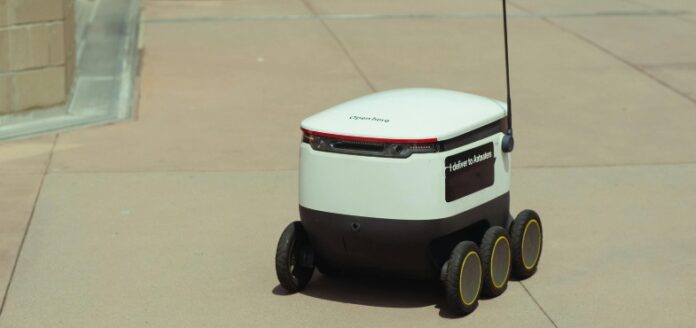We live in a world increasingly filled with promises of autonomy. Self-driving cars, AI-powered customer service, and sophisticated recommendation algorithms all tout their ability to function seamlessly, independently. But behind the sleek interfaces and impressive feats of AI, a hidden army of human workers quietly fuels the illusion of complete autonomy. These are the “ghost workers,” the unseen hands that make the magic happen.
The term itself evokes a sense of invisibility, and that’s precisely the point. We’re often led to believe that these systems operate without human intervention, yet the reality is far more nuanced.
Things to consider
Data Labeling: The Unsung Heroes of Machine Learning
Every AI model, from image recognition to natural language processing, relies on vast datasets of labeled information. Before a computer can identify a cat in a photo, countless humans must painstakingly tag thousands of images, indicating which ones contain cats. This is a repetitive, often tedious task, performed by workers across the globe, often for minimal pay. These labelers are the foundational layer, the “ground truth” that allows AI to learn and improve.
Content Moderation: Policing the Digital Frontier
Social media platforms and online forums are rife with toxic content, from hate speech to graphic violence. Autonomous systems are deployed to detect and remove this harmful material, but they are far from perfect. Human content moderators are essential, sifting through flagged content, making judgment calls that require empathy and cultural understanding. These workers often face exposure to disturbing material, leading to significant mental health challenges.
Human-in-the-Loop Systems: The Guiding Hand
Many systems marketed as “autonomous” are, in fact, human-in-the-loop (HITL) systems. This means that humans are involved in critical decision-making processes, particularly in complex or ambiguous situations. Consider self-driving cars: while they can handle many driving tasks, human operators may be required to intervene in challenging scenarios. Similarly, AI-powered customer service chatbots may escalate complex queries to human agents.
Training and Fine-Tuning: The Ongoing Process
Autonomous systems are not static. They require constant training and fine-tuning to adapt to changing environments and user needs. This often involves human experts who analyze system performance, identify errors, and make adjustments to improve accuracy and efficiency. This ongoing process of human intervention is essential for maintaining the reliability of these systems.
Why Does This Matter?
The invisibility of ghost workers raises several critical issues:
- Ethical Concerns: The often-precarious working conditions of data labelers and content moderators raise concerns about fair labor practices and worker well-being.
- Transparency and Accountability: The lack of transparency surrounding human involvement in autonomous systems can make it difficult to hold these systems accountable for their actions.
- The Illusion of Autonomy: The overemphasis on autonomy can create unrealistic expectations and mask the limitations of AI.
Moving Forward
It’s time to acknowledge the crucial role of human labor in autonomous systems. We need to:
- Promote transparency and accountability in the development and deployment of these systems.
- Ensure fair labor practices and adequate compensation for ghost workers.
- Recognize the limitations of AI and avoid overstating its capabilities.
- Foster a public conversation about the relationship between humans and autonomous systems.
By bringing the ghost workers out of the shadows, we can create a more ethical and sustainable future for AI. We must remember that behind every line of code, behind every seemingly autonomous decision, there are often human hands, shaping the world we live in.

